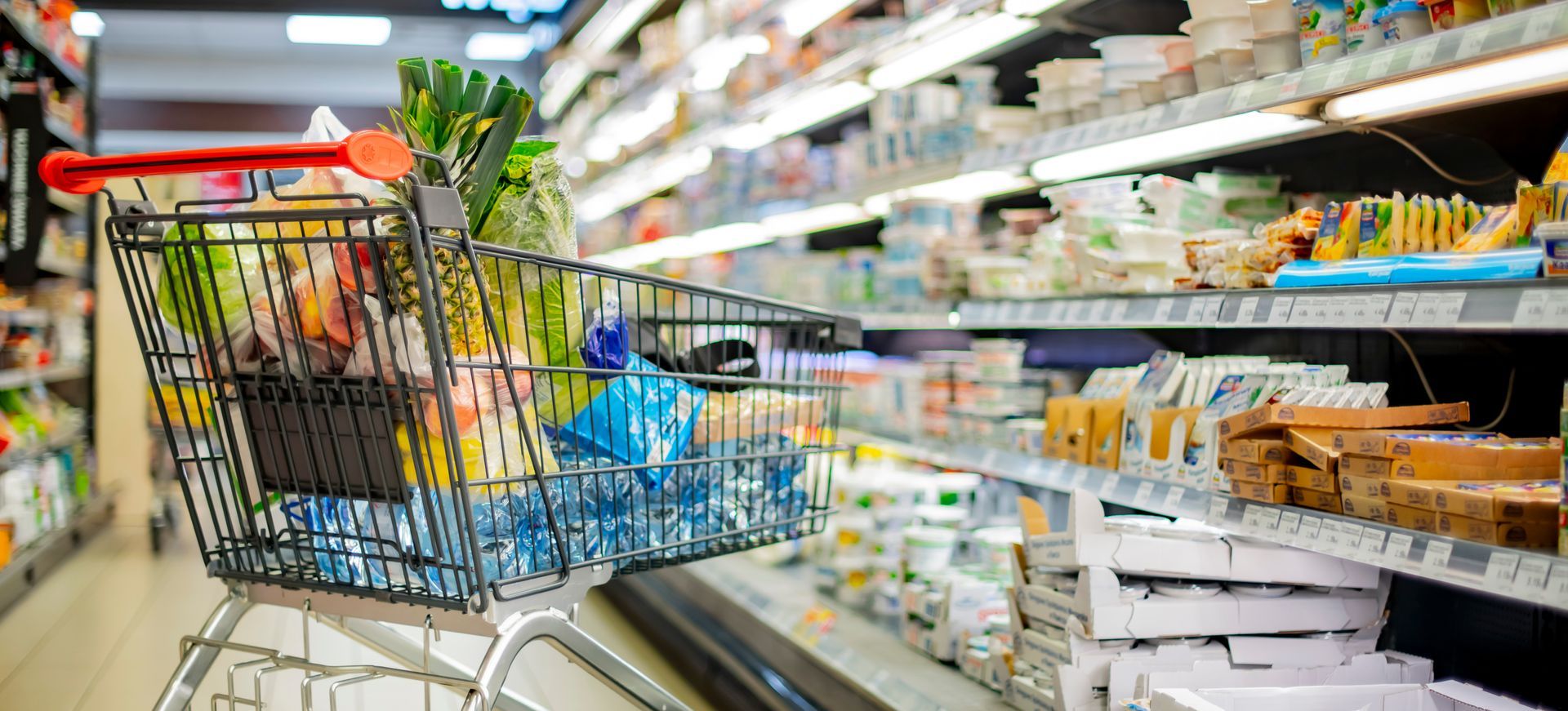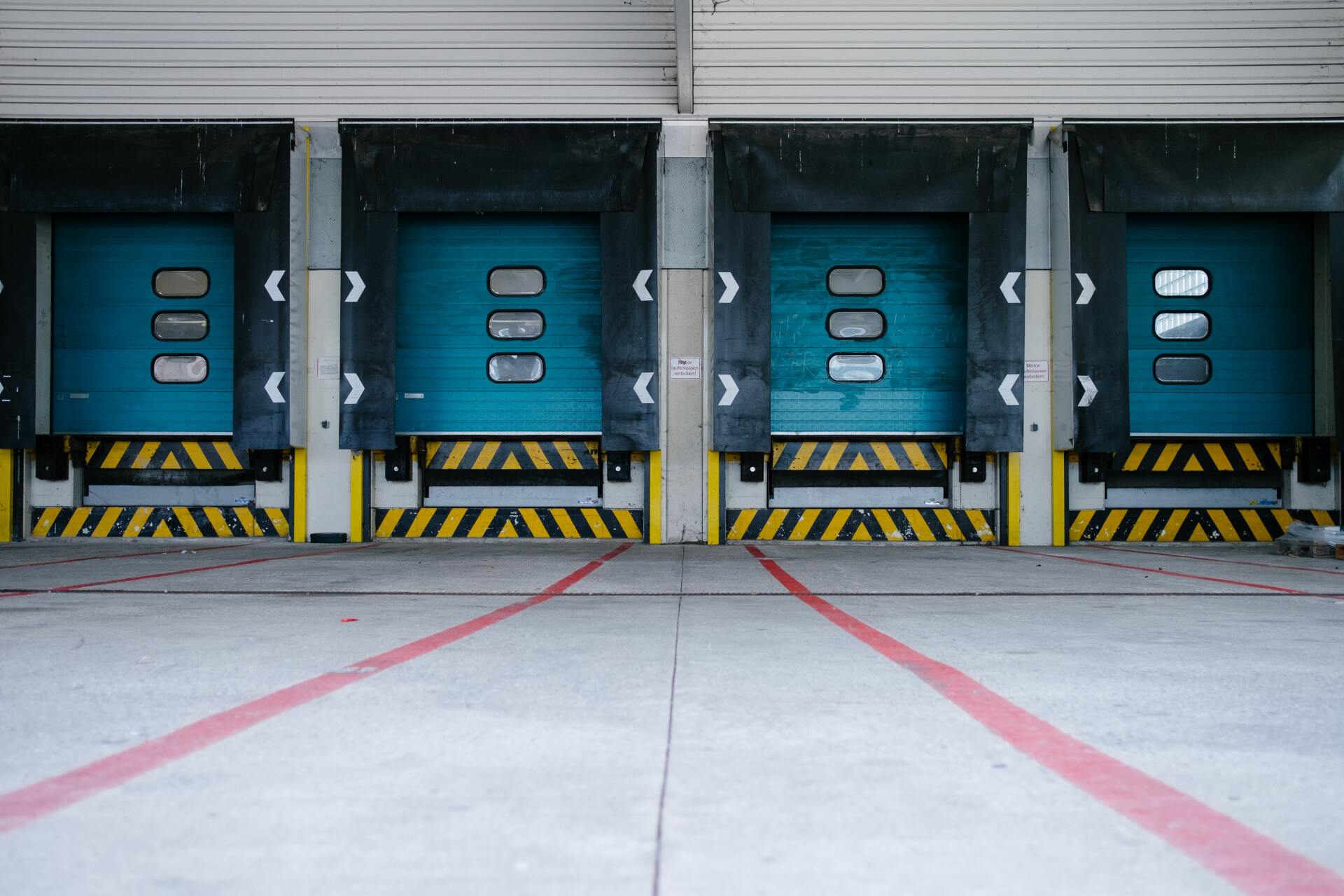1D barcodes: basics, areas of application and potential of the technology
In a world increasingly characterised by digitalisation and automation, barcode technology continues to play an important role in the business world. The 1D barcode, also known as the barcoded barcode, has established itself as an indispensable tool in logistics, retail and warehouse management. This simple and cost-effective method of identifying products and goods has proven itself over decades and continues to be used in numerous industries.
A brief overview of different barcode types shows that their applications can be found in almost every area – from industry to retail to supermarkets. Different barcode types enable the efficient labelling and traceability of every product and are used specifically depending on the area and application.
In this article, we will discuss the basics of 1D barcodes, how they work and their areas of application, and explain why this classic barcode continues to play an important role even in times of more modern technologies.

What is a 1D barcode?
A 1D barcode, also known as a barcode or barcode, consists of a series of parallel lines arranged in varying widths and distances (gaps) from each other. These lines and gaps form a specific pattern and serve as symbolic elements (symbols) that graphically represent the encoded data as a symbol. The barcode content is machine-readable and acts as a symbol for the stored information. The lines represent numerical or alphanumeric data that is captured and processed by a scanner or reader. The 1D barcode is an important component of many identification systems and is affixed to products or packaging to enable fast and error-free identification and tracking.
There are different types and kinds of barcodes. The difference between these types lies in their structure, pattern and application. Each barcode type is optimised for specific areas of application and requirements.
Unlike modern 2D barcodes (such as QR codes), a 1D barcode only contains data in a single dimension, either horizontally or vertically (ladder format or fence format). The amount of information that can be stored in a 1D barcode is therefore limited, making it less flexible than 2D barcodes.
How 1D barcodes work?
The functionality of a 1D barcode is based on an optical reading system. The barcode is scanned by light sources and sensors. Various barcode scanners, such as laser-based and camera-based readers, are used to capture barcodes. The black and white lines in the barcode reflect light to varying degrees. The scanner interprets these differences and translates them into digital data, which is then compared with the information in the company's database.
Choosing the right scanner and using special software are crucial for quality assurance and compliance with standards and requirements for barcode capture. Modern readers offer the advantage of reliably recognising even barcodes with high data density and efficiently processing extensive information. Details about the technical characteristics of these scanners show that their flexibility and precision make them a great help in automated data capture.
1D barcodes can encode various types of information, but they are usually limited to numbers or letters. The most commonly used barcode in industry is Barcode128.

Structure of a 1D barcode
An example of a commonly used barcode is the EAN-13 barcode, which contains 13 digits. It is mainly used in retail to identify products and convey price information.
A typical 1D barcode consists of several parts:
Start and stop patterns:
These marks tell the reader where the barcode starts and ends.
Data encoding:
The data is encoded using lines (or bars) of varying widths and distances. These lines represent either numbers or letters, depending on the type of barcode used.
Check character:
An additional character for error correction that ensures that the barcode is read correctly.
Retail: The most common application of 1D barcodes is in retail. Here, products are quickly scanned using 1D barcodes and price information is retrieved in real time. This speeds up the sales process and reduces errors.
Logistics and supply chain: In logistics, 1D barcodes such as SSCC, Distribution Unit Number and GS1 DataBar enable the unique identification and tracking of shipping units. Barcode generators create these codes in accordance with standards to ensure efficient inventory management and shipment tracking from the warehouse to delivery.
Warehouse management: Companies use 1D barcodes in their warehouses to automate product recording and optimise inventory management. Barcodes ensure accurate documentation and prevent errors in manual recording.
Healthcare: 1D barcodes are also used in healthcare, particularly in drug tracking and patient identification. Barcodes can be used to efficiently track and control medications to prevent counterfeiting and improve patient care.
Opportunities & potential of 1D barcodes
Cost-effective
The production of 1D barcodes is simple and cost-effective, making them particularly attractive for companies with a high volume of products and transactions.
Speed and efficiency
The barcode enables fast and error-free recording of information, thereby optimising processes in warehouse management, logistics and retail.
Support with automation
1D barcodes offer companies valuable support in automating and simplifying business processes, particularly in goods and production control.
error reduction
The use of barcodes minimises human error that can occur during manual data entry.
Easy integration
1D barcodes can be easily integrated into existing IT and ERP systems without requiring extensive modifications.
Future of 1D-Barcodes
Despite the increasing use of 2D barcodes, 1D barcodes remain a reliable and cost-effective solution for many industries. Their simplicity and efficiency ensure that they will continue to play an important role in the future, especially in areas where simple data capture is sufficient and no complex information needs to be stored.
1D-Codes

Reading range Short
Capture method Visual contact required
Areas of application Retail, warehouse management, shipping
2D-Codes






